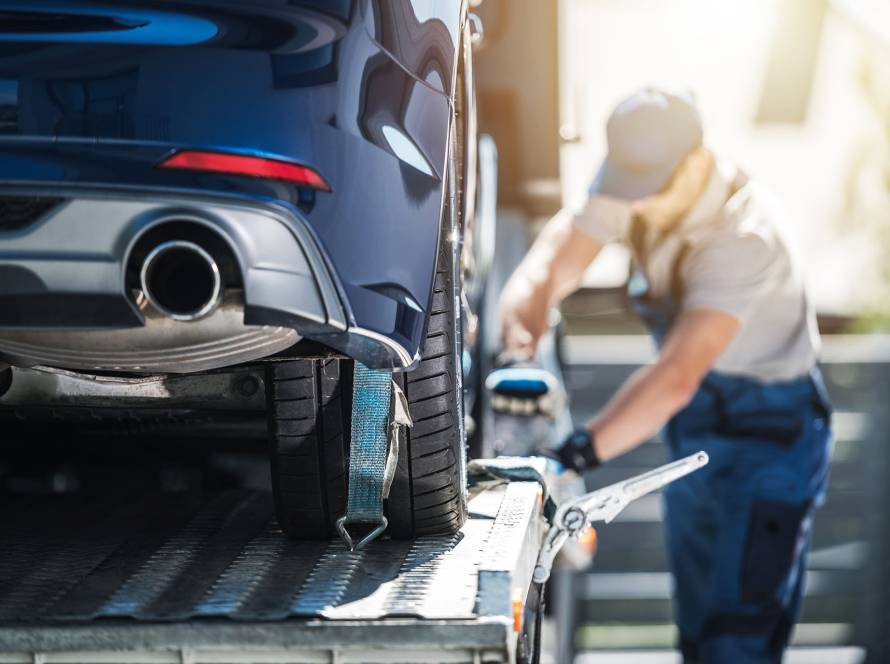How Industrial Crating Protects Heavy Equipment
Introduction
Transporting heavy equipment isn’t just about loading it onto a truck and sending it off. These machines are the lifeblood of industries—mining, construction, oil and gas, and manufacturing depend on them to function. When they move, whether across a city or an ocean, there’s a real risk of damage, delays, or worse—total operational shutdowns due to mishandled logistics.
That’s where industrial crating comes in. It’s not just a wooden box; it’s a safeguard designed to absorb shocks, resist environmental threats, and ensure these million-dollar machines reach their destination without a scratch.
Why Heavy Equipment Needs Serious Protection
Heavy equipment is built to handle tough tasks—but not rough transport. Forklifts, CNC machines, turbines, and hydraulic presses often have intricate components that are highly sensitive to movement and environmental exposure. During shipping, these machines can face turbulent handling, bumpy rides, sudden weather changes, and even corrosion if exposed to moisture.
In some cases, a single cracked component or internal shift can render a machine useless until repairs are made—costing both time and money. This is why heavy-duty, intelligently designed crating isn’t optional; it’s essential.
What Is Industrial Crating?
Industrial crating is the process of encasing large, high-value, or fragile equipment in a specialized container for safe transport and storage. But this isn’t your average wooden box from the hardware store.
These crates are engineered—often custom-built—to match the dimensions, weight, and fragility of the equipment. Some use hardwood; others incorporate steel reinforcements, vibration-dampening materials, or moisture barriers.
Industries that frequently use industrial crating include aerospace, energy, medical manufacturing, and military defense sectors—essentially any field where shipping damage is not an option.
The Main Threats to Heavy Equipment During Transit
Transporting machinery is a logistical gauntlet. Equipment faces a wide range of threats:
Impact from Handling: Forklifts dropping pallets or improperly secured items tipping during transit.
Vibration: Continuous low-frequency vibrations during long hauls can cause internal component fatigue.
Environmental Exposure: Sudden rainstorms, extreme heat, or even salty sea air can damage electronic or metallic parts.
Shifting Loads: A poorly secured load can slide or topple, leading to serious mechanical damage.
Each of these threats compounds the importance of investing in a crating system that neutralizes them.
Shock and Vibration Protection
One of the most remarkable aspects of industrial crating is its ability to absorb impact forces. Crates aren’t just rigid containers; they often include foam inserts, shock-absorbing mounts, or even floating bases that distribute weight evenly and resist external jarring.
Inside the crate, equipment is secured with bracing, blocking, and cushioning that prevent even an inch of movement. For high-precision machinery, this isolation is crucial to preserving alignment, calibration, and functionality. Think of it as a machine’s personal seatbelt system—only better.
Weatherproofing and Environmental Defense
When crates leave a climate-controlled factory and board a container ship or flatbed truck, they’re at the mercy of the elements. Without weatherproofing, condensation can lead to rust. UV exposure can degrade seals or plastic components. And dust? It can clog filters and compromise electrical connections.
Industrial crates can be fitted with vapor barrier wraps, desiccant packs, and sealed coatings to keep moisture at bay. Some even include ventilation valves to maintain pressure balance during altitude changes. These features may seem small, but they can be the difference between a functional machine and a corroded liability.
Custom Crating: One Size Doesn’t Fit All
No two machines are exactly alike—and neither should their crates be. Custom crating ensures that every angle, curve, and weak point of the equipment is accounted for in the packaging design. It’s the difference between wrapping a gift in tissue paper versus bubble wrap tailored to its shape.
With custom crating, manufacturers can factor in weight distribution, lifting points, disassembly components, and even how the recipient will uncrate the equipment. This level of detail reduces the chance of damage during every phase of the shipping process.
Compliance and Safety Standards
Shipping heavy machinery across state or international borders involves more than logistics—it requires compliance. Various countries and transportation authorities have strict rules about how equipment must be packaged, labeled, and declared.
Crates often need to meet ISPM 15 standards (heat-treated wood), display appropriate UN markings if they contain hazardous components, and be structurally tested to meet ASTM or MIL-SPEC packaging standards. Meeting these regulations ensures shipments won’t be delayed, rejected, or fined—saving time and legal trouble.
Saving Money in the Long Run
At first glance, industrial crating might seem like an extra expense. But when you factor in the cost of a single damaged machine—plus potential delays, missed deadlines, and repair logistics—it becomes clear that crating is a smart investment.
Protective crating minimizes damage claims, keeps clients happy, and ensures machinery is operational the moment it arrives. In many cases, the upfront cost of a well-built crate pales in comparison to the financial and reputational damage caused by one mishap.
Conclusion
Proper crating is only part of the equation when it comes to moving heavy equipment overseas. For a full look at how to ship from Canada to Grenada—including tips on containers, vehicles, and what to expect throughout the process—visit our Canada to Grenada shipping guide. It’s packed with practical information to make your next shipment go smoothly.
Author
-

James Kotler is a passionate writer and industry expert known for his insightful articles on technology, business, and innovation. With a background in digital marketing and over a decade of hands-on experience, James specializes in making complex topics accessible to a broad audience. His work is driven by a curiosity for emerging trends and a commitment to delivering practical advice that helps readers stay ahead in a rapidly evolving digital landscape. When he’s not writing, James enjoys mentoring young professionals and exploring the latest advancements in AI and software development.


